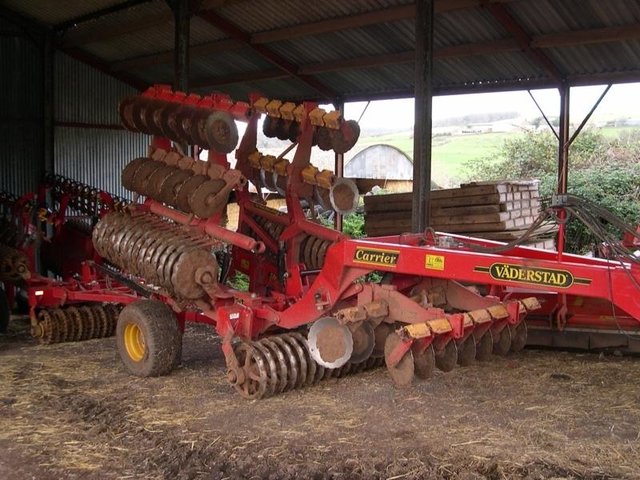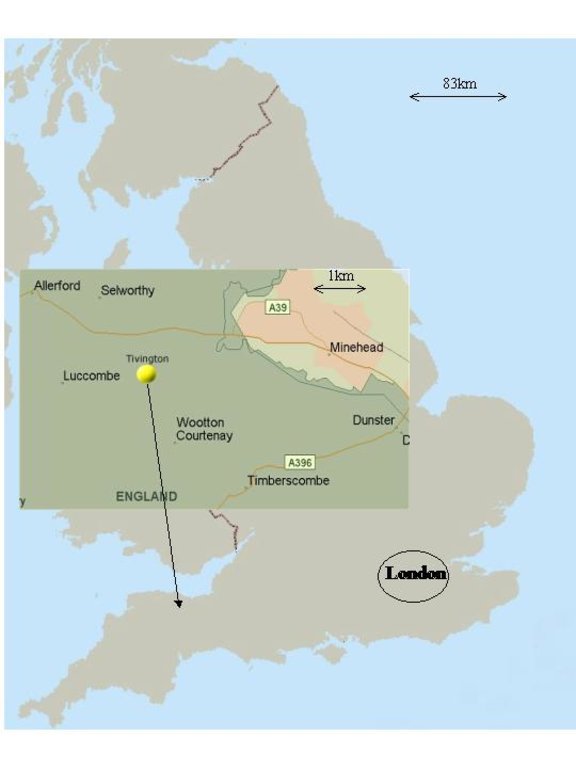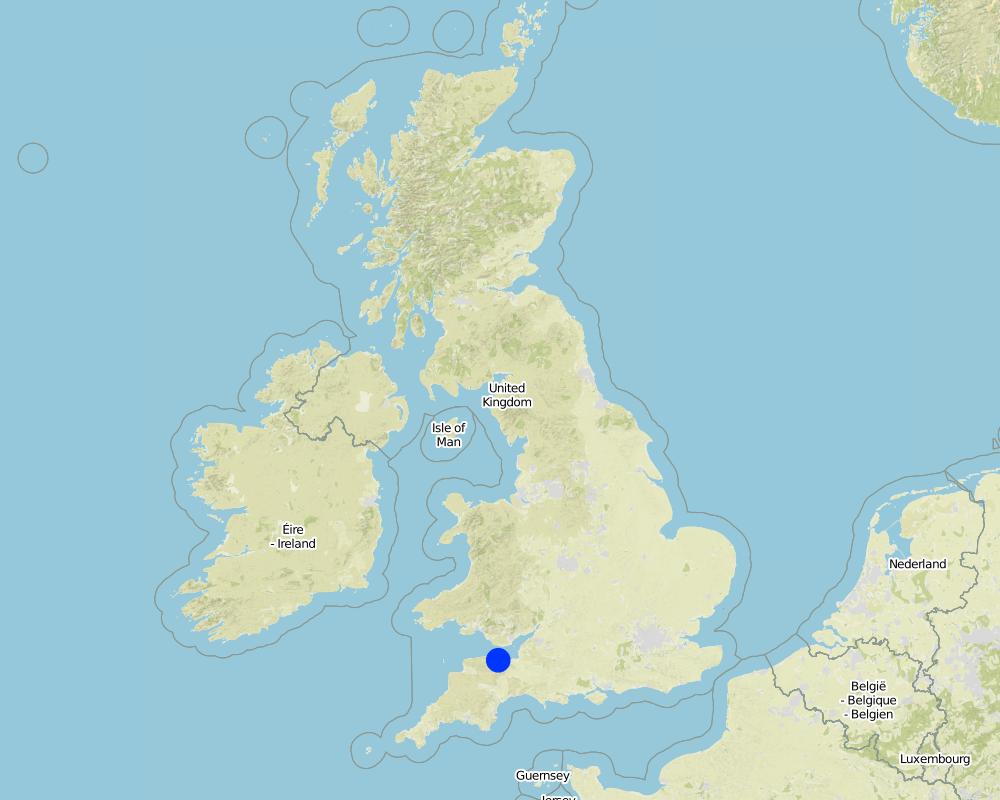2.1 Short description of the Approach
Individual farmer experimenting with machinery to maintain economic viability and reduce time spent on land preparation.
2.2 Detailed description of the Approach
Detailed description of the Approach:
Aims / objectives: Maintain economic viability; to reduce the time spent working the soil; set up business with a neighbouring farmer.
Methods: Experimentation with different machinery, seeking information from various sources (agricultural shows, demonstrations, discussions).
Stages of implementation: Experimentation with machinery and collection of information over 3-4years; merger of farm business with neighbour having taken agronomic and financial advice; joint venture set up in 2002 and new machinery bought.
2.3 Photos of the Approach
2.5 Country/ region/ locations where the Approach has been applied
2.8 Main aims/ objectives of the Approach
The Approach focused mainly on other activities than SLM (economic viability)
To find appropriate machinery, farming system and business model for economic viability
The SLM Approach addressed the following problems: Economic viability.
2.9 Conditions enabling or hindering implementation of the Technology/ Technologies applied under the Approach
social/ cultural/ religious norms and values
Local tradition to plough land on set date
Treatment through the SLM Approach: Willingess to try new techniques and not get discouraged by failure
availability/ access to financial resources and services
cost of new machinery
Treatment through the SLM Approach: Willingness to use and adapt existing machinery. Formation of joint venture with neighbouring farmer
knowledge about SLM, access to technical support
Lack of local technical knowledge and advice.
Treatment through the SLM Approach: Sought information from a variety of sources eg agricultural shows, machinery manufacturers






